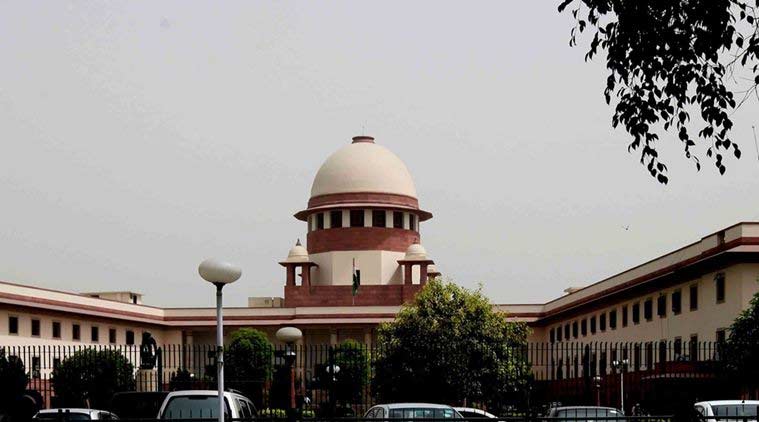It’s time for the Collegium system to go
The recent decision of the Collegium to inexplicably replace two high court chief justices selected for elevation has reaffirmed my long-standing concerns about the methods of working of the Collegium.

In the inaugural session of the Supreme Court of India (SC), held 69 years ago, we were promised an independent judiciary that would be the third pillar in India’s constitutional framework, counterbalancing the legislature and the executive. In the Constituent Assembly debates that preceded the creation of the SC, Jawaharlal Nehru, speaking on higher judicial appointments, said that the judges selected should be of the “highest integrity” and be persons “who can stand up against the executive government and whoever might come in their way”. I fear that we may have forgotten these important words.
The process for the appointment of judges lies at the heart of an independent judiciary. Over the years, this process has manifested itself in the questionable form of the Collegium of judges, which decides on appointments to both the SC and the high courts. The recent decision of the Collegium to inexplicably replace two high court chief justices selected for elevation has reaffirmed my long-standing concerns about the methods of working of the Collegium.
The Collegium process has once again shown that it is opaque, with its members working as if in a cabal. More problematically, the Collegium is not accountable to any other authority. Its present decision to appoint Justice Dinesh Maheshwari and Justice Sanjiv Khanna, by retracting and superseding earlier selections of fine judges in their own right, is especially concerning. Justice Maheshwari was earlier rejected by the Collegium in its December 2018 meeting. Justice Khanna has been selected over his three senior colleagues, Justices Pradeep Nandrajog, Gita Mittal and S Ravindra Bhat. My issue is less about the seniority convention than about the lack of transparency.
Admittedly, the seniority convention for higher judicial appointments is not set in stone. While plenty of skirmishes took place between the judiciary and the executive in the early decades of the republic, the first major appointments-related decision that turned this convention on its head was the executive’s move to anoint A N Ray, the fourth most senior judge of the SC at the time, as the Chief Justice of India. This was the era before the Collegium came into being, and was an appointment that provoked much-heated debate.
The Second Judges’ case of 1993, which led to the formation of a collegium of high-ranking judges identifying persons for appointment to the SC and high courts, chose to re-state the seniority convention in appointments. The decision clarified that “Unless there be any strong cogent reason to justify a departure, that order of [inter-se] seniority [amongst Judges of High Courts] must be maintained between them while making their appointment to the Supreme Court.”
The decision to create a Collegium in the first place was disastrous in more ways than one. H M Seervai, for example, wrote that “never has a majority judgment of the Supreme Court reached a lower level of judicial incompetence”. Justice Krishna Iyer described this judgment as “an egregious fraud on the Constitution”. Lord Cooke of Thorndon also criticised this judgment in an essay that borrowed its title from Alexander Pope’s famous words, “fools rush in where angels fear to tread”.






































No hay comentarios:
Publicar un comentario